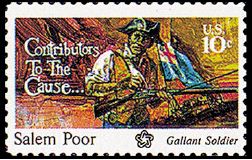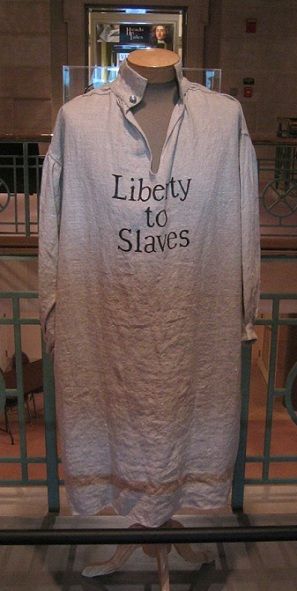Slavery in the United States
==Slavery in the United States ==
Slavery in the United States was the legal institution of human chattel slavery that existed in the United States of America in the 18th and 19th centuries. Slavery had been practiced in British America from early colonial days, and was legal in all Thirteen Colonies at the time of the Declaration of Independence in 1776. By the time of the American Revolution, the status of enslaved people had been institutionalized as a racial caste associated with African ancestry.
Origins[edit | edit source]
The origins of slavery in the United States can be traced back to the early 17th century when the first African slaves were brought to the Virginia Colony in 1619. The Transatlantic Slave Trade was a major source of slaves, with millions of Africans forcibly transported to the Americas.
Legal Framework[edit | edit source]
Slavery was supported by a legal framework that included the United States Constitution, which, through the Three-Fifths Compromise, counted slaves as three-fifths of a person for purposes of representation and taxation. The Fugitive Slave Acts of 1793 and 1850 required the return of runaway slaves to their owners.
Economic Impact[edit | edit source]
Slavery was integral to the economy of the Southern United States, where it was used to produce cash crops such as cotton, tobacco, and sugar. The plantation system relied heavily on slave labor, and the wealth of many Southern families was built on the backs of enslaved people.
Abolition Movement[edit | edit source]
The abolitionist movement sought to end slavery and was supported by various groups and individuals, including Frederick Douglass, Harriet Tubman, and William Lloyd Garrison. The movement gained momentum in the 19th century, leading to increased tensions between the Northern and Southern states.
Civil War and Emancipation[edit | edit source]
The issue of slavery was a central cause of the American Civil War (1861-1865). President Abraham Lincoln issued the Emancipation Proclamation in 1863, which declared the freedom of all slaves in Confederate-held territory. The war ended with the defeat of the Confederacy, and the Thirteenth Amendment to the United States Constitution was ratified in 1865, abolishing slavery throughout the United States.
Legacy[edit | edit source]
The legacy of slavery has had a lasting impact on American society, contributing to ongoing racial disparities and tensions. The period of Reconstruction attempted to address some of these issues, but many challenges remained, leading to the establishment of Jim Crow laws and the continuation of racial segregation and discrimination.
See Also[edit | edit source]
- Abolitionism in the United States
- American Civil War
- Emancipation Proclamation
- Reconstruction era
- Thirteenth Amendment to the United States Constitution
- Jim Crow laws
References[edit | edit source]
External Links[edit | edit source]
Navigation: Wellness - Encyclopedia - Health topics - Disease Index - Drugs - World Directory - Gray's Anatomy - Keto diet - Recipes
Search WikiMD
Ad.Tired of being Overweight? Try W8MD's physician weight loss program.
Semaglutide (Ozempic / Wegovy and Tirzepatide (Mounjaro / Zepbound) available.
Advertise on WikiMD
WikiMD is not a substitute for professional medical advice. See full disclaimer.
Credits:Most images are courtesy of Wikimedia commons, and templates Wikipedia, licensed under CC BY SA or similar.Contributors: Prab R. Tumpati, MD





